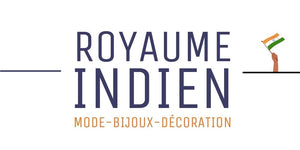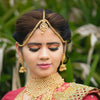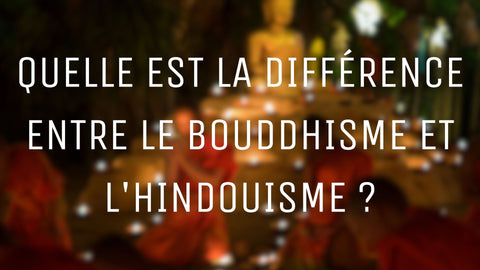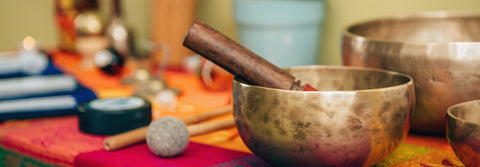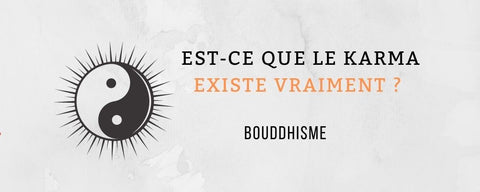
That she is the story of Buddha
of reading
Buddha the sage
Shakyamuni, known as Buddha "Awake," is a meditation master who lived about 2500 years ago in India. He was born Siddhartha Gautama in Lumbini (Nepal), where he was known as the one who would reach his goal. It is said that his life has involved several miracles and events
Yashordhara married her and gave her a son "Rahula", after his father tried to save him from suffering and human trials.
His spiritual journey begins with the four meetings (old age, illness, death and birth), which constitute an event of his life known as the four meetings. To discover the source of human suffering and his cure, he renounces his position as a prince, spouse and parent in order to pursue his goal.

He could not find the solution in religious teaching or in his existence Itinerant, where he submitted to harsh mortifications that brought him to the doors of death. It is weak, and a young villager offers a bowl of rice; When his forces come back, he extends under a pipal tree (Ficus Religiosa) and ... he goes away.
He woke up at the end of the night, having reached enlightenment and became the Buddha, awake. This place was later known as Bodh Gaya and the Bodhi tree. He then started educating others by various means.
After his death, he created a community of monks and Buddhist nuns (Le Sangha) to continue his teachings. NSELON The scientific community, the death of Buddha occurred towards 400 before J.-C ..

History of Mudras
Symbolic ritual gestures representing the major events of the Buddha have been associated with "mudras" (seals or symbols) at the beginning of the Christian era, when it was decided to represent it in its human form. Its origins date back to the Vedic period.
Mudra Abhaya: gesture of absence of fear and protection.
Abhaya means "free anxiety, peace, security" in Sanskrit. In this mudra, the right hand is generally raised to the sky and the left hand is directed to the ground. The Buddha in this posture symbolizes the absence of concern, appeasement, protection, compassion and peace.
The dog posture turned to the top would come from a mudra that Devadatta, the cousin of Buddha, would have tried to murder it with an elephant. The position of the meditation sitting has developed as a result of this gesture.
Mudra Anjali: gesture of prayer, offering or tribute, salvation, and veneration.
In the West, we interpret this posture as a gesture of prayer because we grew up with. Anjali means an inclination, greeting or blessing in Sanskrit. The hands are joined and directed upwards, in front of the Chakra of the heart, which suggests balance and concordance. It is usually done by devotees
Mudra Bhûmisparsha: gesture of taking control of the Earth.
The straight palm is pressed inwardly on the floor to testify to its illumination and its commitment, while the left hand rests on the legs turned towards the sky. Before reaching the illumination, Shakyamuni was defied by Mara, "Lord of Death and Desire". The assaults of the latter remaining in vain he ordered the meditator to produce evidence of his past achievements
Mudra Dharmachakra: teaching gesture, startling the wheel of the law.
The right hand is straight, with the thumb and the joined index to form a circle "Dharma wheel", and the fingers of the left hand touch the right hand. The beginning of the rotation of the law is meant by this image.
The four noble truths are:
- The truth of suffering
- The truth of the causes of suffering
- That of the extinction of suffering
- And finally that of the way towards the extinction of suffering
If you appreciate Buddhism as a whole, the values transmitted in this religion and the figure of authority that represents Buddha, why not take a look at the magnificent Buddhist tattoosMay his followers come on the skin?

Mudra Dhyana: Meditation, Concentration, Contemplation
The hands are stacked on each other, palms up, extended fingers, and rest on the legs. The lotus posture is an asana in which both hands are connected to each other to form a cut, which implies that we are internally free, pure and empty to accept everything we need during of the spiritual trip necessary for enlightenment. TO
Mudra Vitarka: gesture of argument, the explanation of the law
The palm is turned upwards, fingers point outwards and ends of the thumb and index touch. The left hand can also be represented through the right. This pose is complementary to the Dharmachakra Mudra, which involves the rationalization of the doctrine.
Mudra Varada: gift gesture
Accuracy of attitude, gift, welcome, generosity, offering, charity, compassion and sincerity. It is the mudra to execute the wish to devote himself to the salvation of humanity. With the arm for naturally along the body, it can be done with or without the open palm. It is often done using both hands at a time.

History of Asanas
All attitudes and postures of the Buddha are codified. There are several combinations of these.
Mahakarunika: the posture of the thoughtful character is very old
Attitude leaning on the right or left side. A vertical leg horizontal, elbow on the knee and hand in "Shiyui-Zo" hand on the cheek.
The young Siddharta "Futur Buddha" used this posture during the first meditation and then during the great waiver and after its enlightenment
Padmasana or Vajrasana: the lotus posture or meditation
The laying of diamond, often known as the pose of the Buddha, is the most famous. It was used by Gautama Siddhartha during his meditations. The legs are crossed, the feet rest on the thighs and the soles of the feet is visible. There are several variants.

Sayana: the sleeping posture
The most famous is that of Sakyamuni "Buddha" in his Parinirvana, when he rests on the right side with the right arm and the left hand towed along the body. The head is supported by the hand and the arm, while the legs are extended along the body. This posture is used by all Buddhist nations.
Lalitasana: lA posture with the right leg pendant
The left leg is folded on the seat and the sole of the foot touches the right thigh, while the right leg hangs, meaning serenity.
The fabulous history of Buddhism and Buddha
To conclude this article in video, here is a very friendly summary of the fabulous history of the Buddhism Foundation and Buddha.
